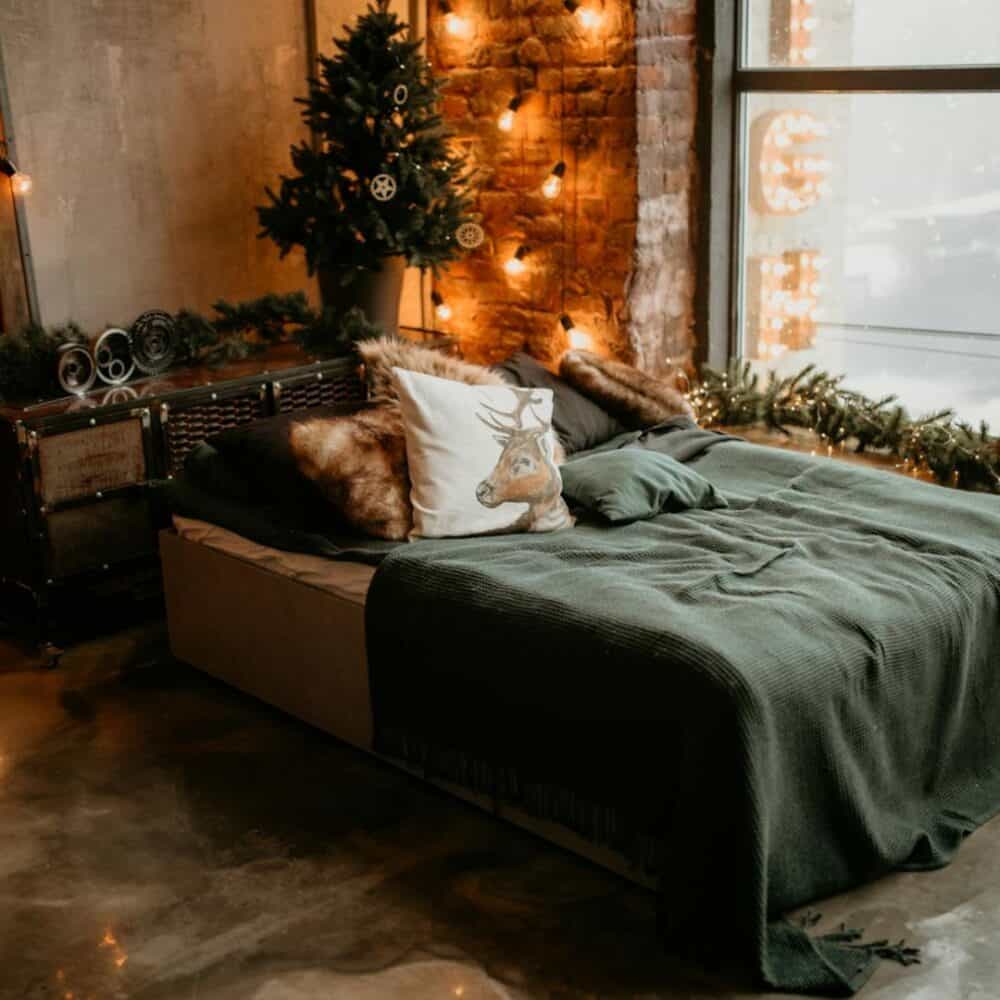How to Make Your Own Hydroponic Greenhouse: A Fun and Easy Guide
Table of Contents
Have you ever thought about growing your own veggies all year round, no matter what the weather is like outside? With a hydroponic greenhouse, you can! It’s a fantastic way to grow plants using nutrient-rich water instead of soil. Plus, it’s super fun to set up. Let’s dive into how you can build your very own hydroponic greenhouse and start enjoying fresh produce straight from your garden.
Why Go Hydroponic?
Before jumping into the nuts and bolts, you might be wondering why you should try hydroponics in the first place.
Here are some great reasons:
- Space Saver: Hydroponics takes up way less space than traditional gardening. Perfect if you’re working with a small area.
- Speedy Growth: Plants grow faster because they get nutrients directly from the water. More veggies, quicker!
- Water Wise: Uses less water than soil-based gardening, which is a win for both you and the planet.
Start Building Your Greenhouse
Step 1: Plan Your Greenhouse
First things first, let’s figure out where and how big your greenhouse should be. Think about what you want to grow and how much space you’ll need. Hydroponics is great because you can stack plants vertically, which saves tons of space.
Pick a sunny spot that has easy access to electricity and water. Need some high-quality materials? Check out Copagrey Ltd. They’ve got a fantastic range of greenhouse supplies and they’re super helpful.
Step 2: Pick Your Hydroponic System
Now, you need to choose the type of hydroponic system you want. Here are a few options:
- Nutrient Film Technique (NFT): Plants grow in a shallow stream of water that flows through a channel.
- Deep Water Culture (DWC): Plants are suspended in water, giving their roots constant access to nutrients.
- Ebb and Flow: This system periodically floods the grow tray with nutrient-rich water, then drains it away.
If you’re just starting out, the Nutrient Film Technique (NFT) is a solid choice because it’s easy to set up and maintain.
Step 3: Gather Your Materials
You’ll need a few things to get your hydroponic greenhouse up and running:
- Greenhouse Frame: You can buy a kit or make one yourself from PVC pipes or metal frames. Copagrey Ltd has a great selection of materials for this.
- Growing Medium: Even though you’re not using soil, you still need something to support your plants, like clay pebbles or Rockwool.
- Hydroponic System Parts: Depending on your system, you’ll need things like PVC pipes, a water pump, a reservoir, and a grow tray.
- Nutrient Solution: This is the good stuff your plants will thrive on. You can get pre-mixed solutions at gardening stores.
- Grow Lights: If your greenhouse doesn’t get enough sunlight, you’ll need some artificial lighting to keep your plants happy.
Step 4: Set Up Your Hydroponic System
Alright, now for the fun part—putting everything together!
- Build the Greenhouse Frame: Follow your plan to set up the structure. Make sure it’s sturdy because it’ll need to stand up to the weather.
- Assemble the Hydroponic System: Set up the nutrient reservoir, connect the water pump, and arrange your growing trays or pipes. Make sure you can easily reach all parts of the system for maintenance.
- Install Grow Lights: Position them so all your plants get enough light. This is especially important during shorter winter days.
Step 5: Plant and Maintain
With your system ready to go, it’s time to get planting! Pick some seedlings or cuttings that do well in hydroponic systems. Place them in your chosen growing medium and into the hydroponic setup. Keep an eye on the pH levels and nutrient concentration of your water to make sure your plants are getting everything they need.
Step 6: Enjoy Your Bounty
Once your greenhouse is up and running, sit back and enjoy watching your plants grow. You’ll be amazed at how quickly they flourish. Before you know it, you’ll be harvesting fresh veggies and herbs right from your own backyard.
Conclusion
Creating your own hydroponic greenhouse is a rewarding project that offers year-round benefits. By following these steps and using high-quality materials from places like Copagrey Ltd, you can build a productive and sustainable garden.



